Who Is It For?
Course designers who are looking to gain knowledge and skills in learning experience design and apply it to real-world challenges.
Enroll Now! NovoEd’s Course LXTalent: Mentoring That Matters
BEGINS IN: ...
Course designers who are looking to gain knowledge and skills in learning experience design and apply it to real-world challenges.
This 5-week course, which includes 11 hours of learning, is easily incorporated into your schedule using live and asynchronous instruction.
Now Enrolling! LXD Autumn 2025 begins Monday, October 6.
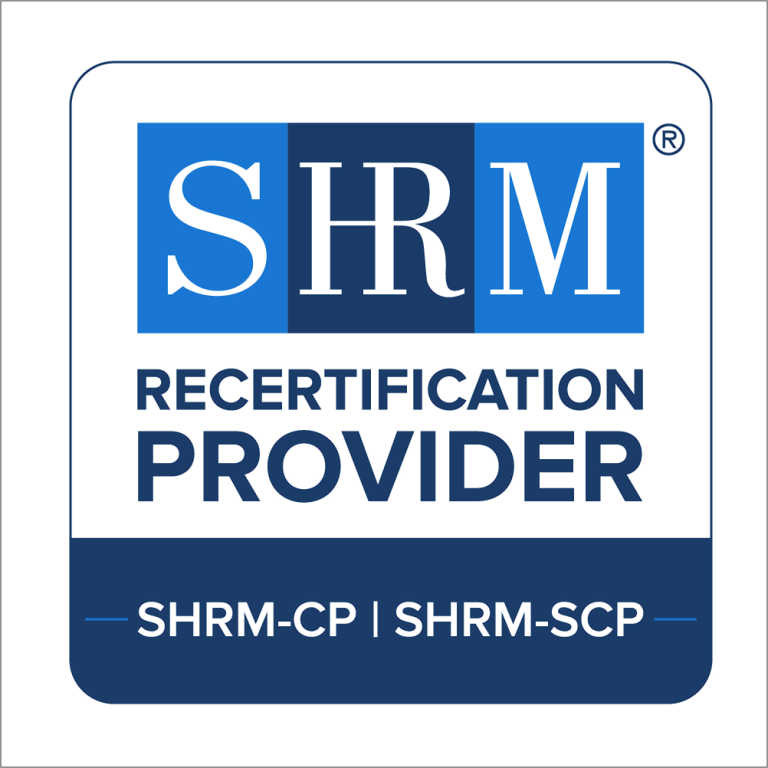
NovoEd LXD is recognized by SHRM to offer Professional Development Credits (PDCs) for SHRM-CP® or SHRM-SCP® recertification. Completion of this course is valid for 11 PDCs.
Join NovoEd for five weeks for Learning Experience Design: From Ideas to Impact, an SHRM-certified NovoEd course. This transformational journey enables participants to think in a more powerful way about learning experiences, your role, your network, and your learners.
The curriculum offers learning experience design training, assignments, and peer-to-peer learning with colleagues around the world on a powerful and sophisticated social learning platform.
Each week, you’ll come away with immediate and practical ways to apply your learning, and you will connect with design experts worldwide for feedback and discussion.
Ready to jump in? Enroll now!
“While I have been in the eLearning space for years and have other certifications, I had a feeling I was missing out on something. When I read about NovoEd’s LXD course, it was a no-brainer that it would go a long way to serve as my missing manual.” – LXD alum
More than 45,000 people from 6 continents since 2016 have used this acclaimed hands-on, online LXD course to elevate their organizations’ learning experiences and tackle their unique organizational challenges. That’s because the LXD experience is:
If you’re responsible for influencing and driving decisions around key learning initiatives at your organization, the NovoEd Learning Experience Design (LXD) course will help you master concepts and drive change in just weeks online. Gain the skills necessary to create learning experiences in high-impact areas such as:
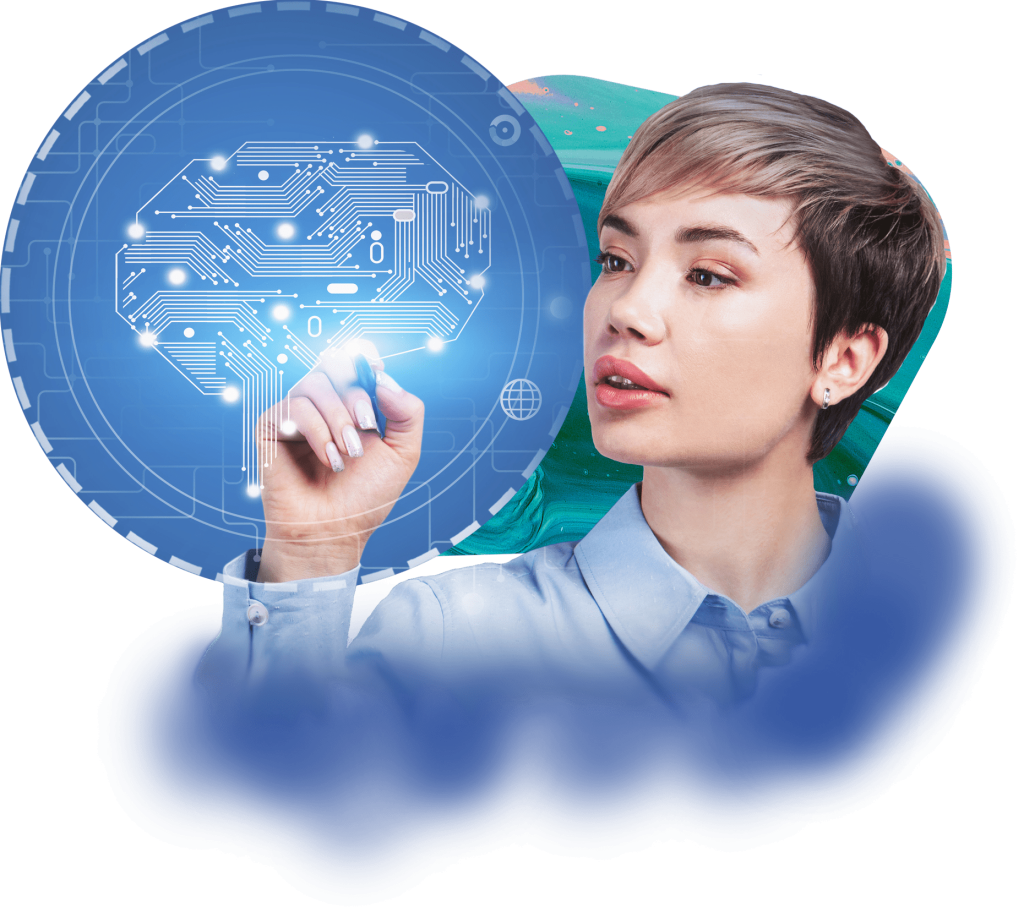
LXD is hands-on learning! Course participants gain practical experience for real-world implementation.
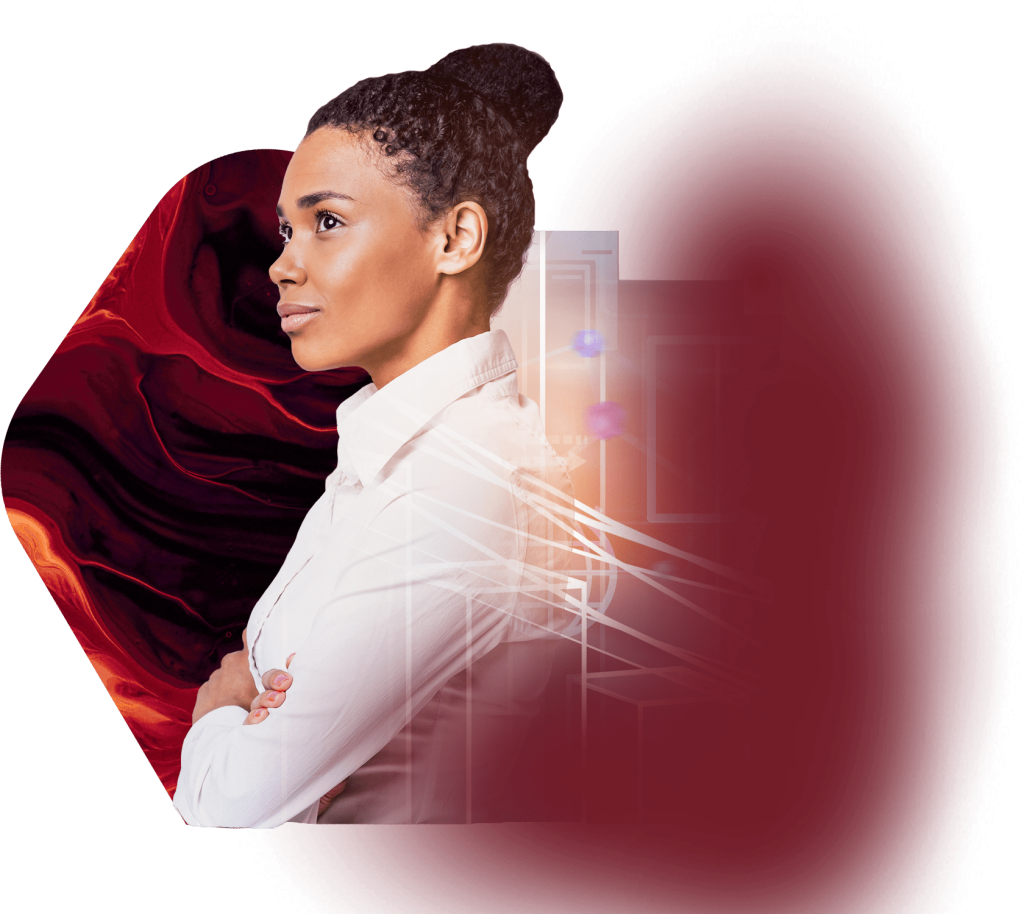
Through facilitation, peer-to-peer insights, teamwork with your cohorts, and instruction that employs a variety of resources, LXD will offer you a dynamic experience and the opportunity to make connections in a vibrant online learning community.

After completing the course, you will receive a Certificate of Completion to share with your network.
NovoEd LXD is recognized by SHRM to offer Professional Development Credits (PDCs) for SHRM-CP® or SHRM-SCP® recertification. Completion of this course is valid for 11 PDCs.
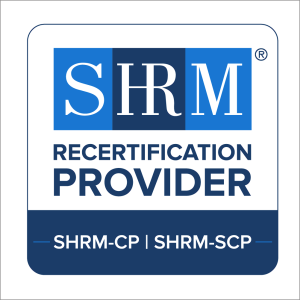

Todd Moran a learning strategist, business transformation evangelist, and digital workplace expert with over 20 years of industry experience. His passion and expertise lie in educational technology, digital customer experience, organizational change management, and employee engagement.
His professional career has spanned start-ups to non-profits and large multinationals, and his current role at NovoEd as the Chief Learning Strategist. From the megatrends in learning and enterprise collaboration to technology evaluation and implementation, to the ‘people’ side of organizational change and talent development, he covers the gamut of understanding what it takes to enable a successful digital workplace and deep employee engagement.
Todd holds a B.A. in Organizational Psychology from Middlebury College, and an M.A. in Information & Learning Technology from the University of Colorado.



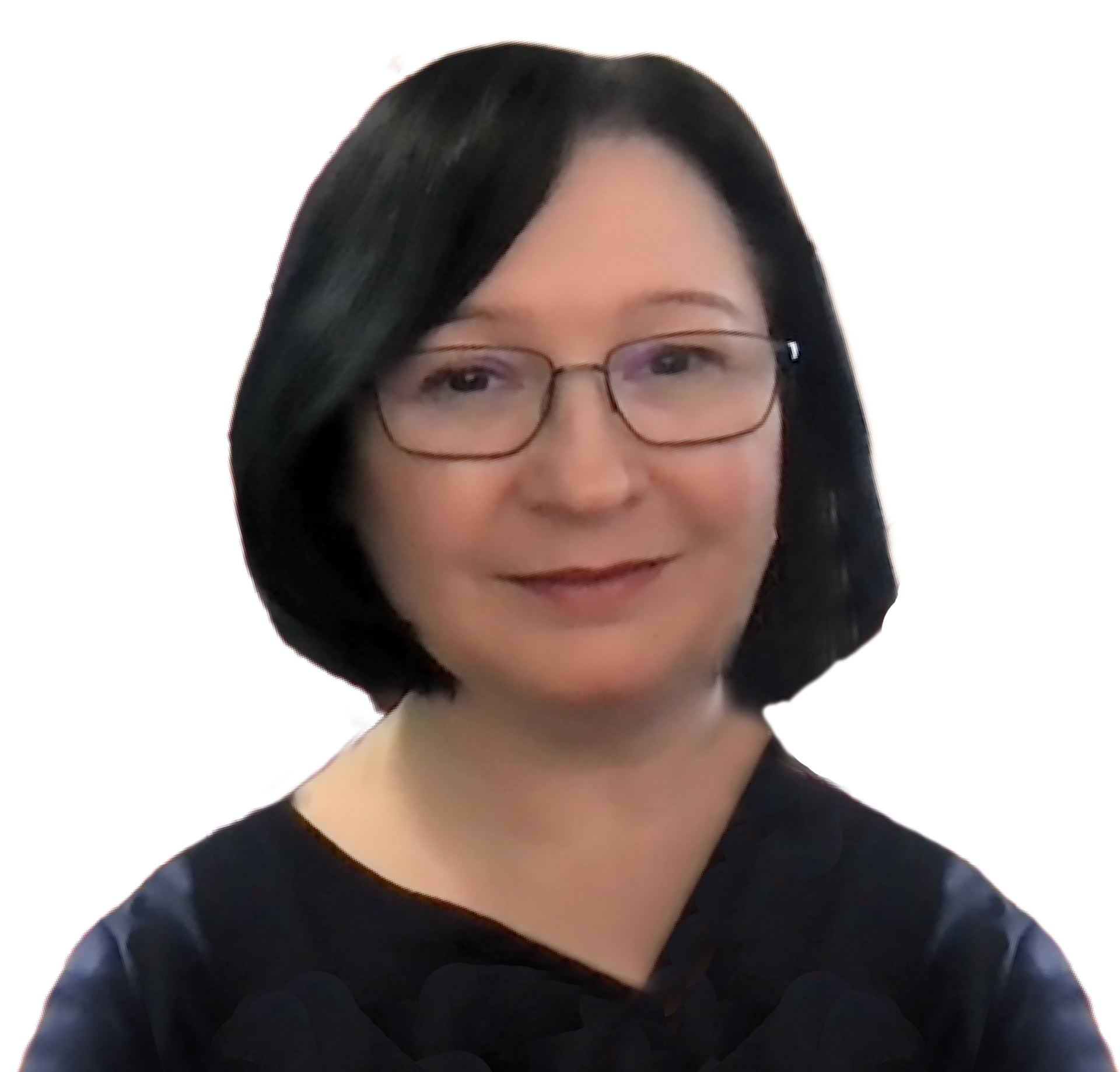


I’m an analytical person who likes to be creative. I love using software and engaging course designs to enable people to learn and succeed. In my spare time I play the harp, read, perform in a traditional Middle Eastern dance troupe, and play far too many computer games!



Zoë Epstein (pronounced like Frankenstein!) is a learning strategist on the NovoEd Strategic Consulting team with 10+ years of experience in designing online learning experiences across platforms and topics. She first discovered her passion for learning design when she found herself creating unsolicited job aids for her High School Journalism club. She holds a B.S. in Communication Management & Design from Ithaca College.
“I work with L&D folks with a wide variation in skill levels and have recommended this to ALL of them!”
Past LXD Learner
“LXD validated my methods and gave me new ideas on how to improve my learning design skills.”
Former LXD participant
“Best course ever!”
LXD alum
“ The course was great — well paced, well supported, and resulted in practical skills.”
LXD enrollee
“I feel like I have a leg up, like suddenly I’m some kind of expert!”
LXD learner
“The sharing of information and design models was excellent.”
Former LXD learner
“I feel like I’ve found my tribe!”
Learning experience alumnus
“Thank you for an amazing experience!”
Learning experience participant
“I have enthusiastically recommended this course to peers!”
Past LXD participant
“I have have strongly urged others on my team to take the course.”
Previous LXD learner






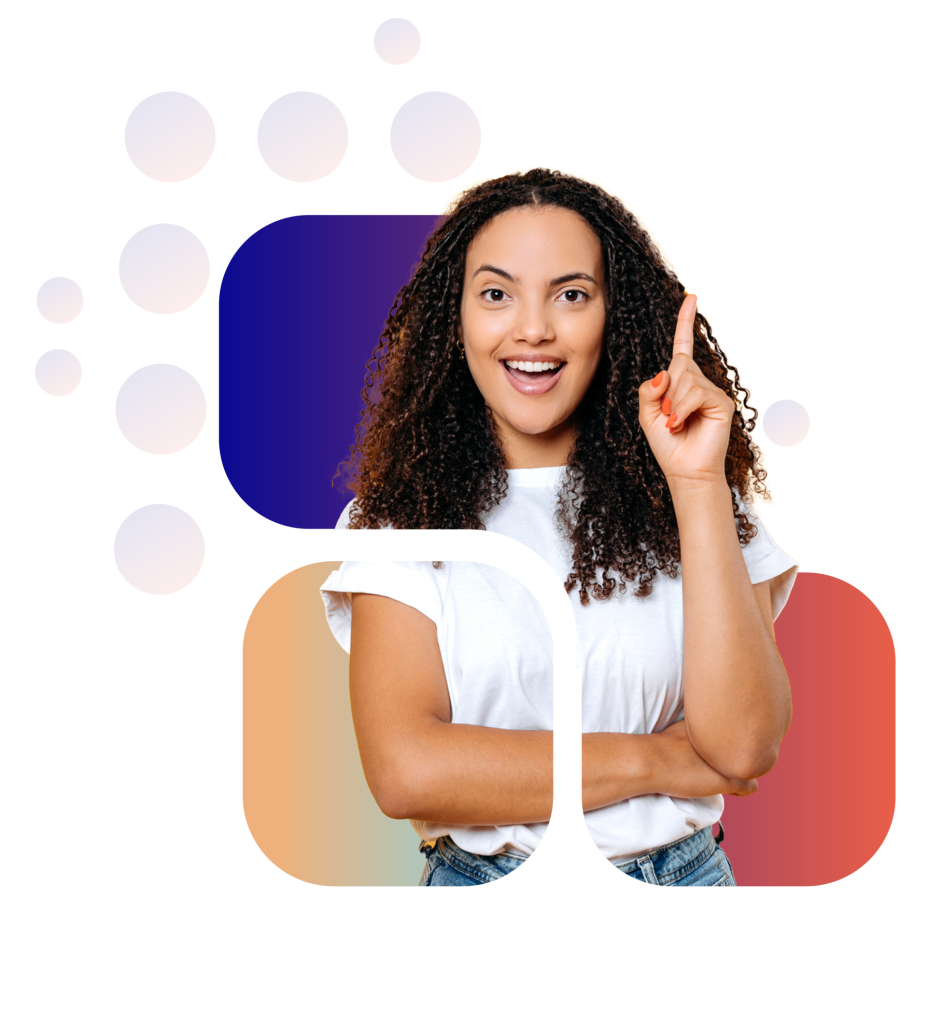

Yes, it’s really free! You will not be charged for any aspect of this course.
The course opens on the date we advertise – you will not have access before that date. You will receive communications about two weeks before it opens, and again on the date the course opens with specific instructions on how to log in. Please be sure your IT department whitelists our emails so you receive them. If you have issues, please contact lxd@novoed.com
If you’ve registered before the course has begun — the date posted as the start date — you will not yet have access to the course environment. On the day the course begins, watch for a welcome email. It will provide instructions on how to enter the course.
If you registered on or after the date the course opens, you will receive that welcome email within 24 hours.
NovoEd runs this course 2-4 times per year. As soon as one course closes, we begin taking enrollments for the next one.
No experience in LXD is necessary! To make the most out of this course, come with a ‘can do’ attitude and a strong desire to build unique online learning experiences. If you’d like to get a head start, check out some of our LXD resources.
It’s all right! We completely understand you may have scheduling conflicts, and that the times may not work for those in other time zones. We record the sessions, and usually have them loaded into the course within 36 hours after the live event. And you can still earn points by viewing them!
Please email lxd@novoed.com. If you need to unenroll BEFORE the course begins, please visit this page.
First, be sure you really want to unenroll – often people think they’re behind and can’t catch up, when in fact that’s not the case. The course will stay open for at least 5 weeks after the completion date, and you have all that time to complete your project. And if you are interested in resuming the course at a later date, we run the course quarterly; you can enroll for the next cohort. Please be advised, however, that any progress made in the current course will not transfer to the next one.
If, however, you truly do want to unenroll, please contact us. Our contact email is here in the FAQs.
If you need more time than the official 5 weeks of the course, we keep it open for 30 days past the date the final module is opened. If you require more time than that, please contact lxd@novoed.com
Yes. We understand that many may have vacation plans or work travel, or may be otherwise engaged sometime during the 5 weeks of the course. For this reason, we usually keep the course open for a total of 10 weeks.
Yes, you can take the course alone. You’ll build career-enhancing skills, meet a global network of professionals, and can join affinity groups. However, working in teams is not only fun, but can be more productive. You have the option to set up a private group where you can collaborate with other members of your organization to design solutions to shared challenges.
LXD is designed to take 5-6 weeks, but we understand that for some, it’s not feasible to complete the course in that time. For this reason, we usually keep the course open for a total of 10 weeks.
That’s OK! We will hold the course open for at least another 4 weeks after the course officially closes.
A blueprint is a personalized, actionable plan for using learning experience design to create meaningful impact at your organization. Think of it as a roadmap and methodology that defines and frames your vision for learning within your organization and describes how you will get there. The blueprinting process starts with defining your organizational vision for learning and then prompts you to reflect on and document the key elements that will support the successful implementation of a learning experience design plan. These elements include your big idea for LXD, organizational/functional/technological readiness, and your LXD approach, scope, and plan.
The curriculum covers emerging trends in learning experience design to help educators maximize audience engagement. You’ll learn how to implement these solutions for various roles in your organization step-by-step. Enhance your existing training knowledge with a learning experience design certificate.
The corporate learning experience should be as unique as each employee. The experience should also evolve as the needs of your organization changes over time. Use NovoEd’s learning experience design course to create a custom online educational platform that will advance your corporation by meeting the needs of every member of your team. Learn how to increase worker access to learning materials and real-time mentorship to unlock everyone’s full potential.
Learning Experience Design is a multidisciplinary approach to training that recognizes that most learning happens not by instruction, but through experience. By intentionally combining learning science with the principles of human-centered design — as well as social and behavioral psychology — learning experience design results in contextualized, outcome-oriented experiences where the learner leaves with something to remember. At its very best, LXD can develop capabilities to adapt to new situations, bridge the gap between concept and practice, create a safe space to experiment and fail, and allow accurate assessment of new skills.
Experiential learning connects the transfer of new knowledge and skills to real-world scenarios through situated learning experiences. It is a process that accelerates learning by layering critical thinking, problem solving, and decision making on top of real-world experiences. At its core, experiential learning is active, contextual, collaborative and blended.
Traditional Instructional Design is dated. Learning doesn’t happen through instruction but through experiences. The hallmarks of Learning Experience Design – collaboration, social learning, active facilitation, practice and application, project-based learning, and peer feedback – not only improve the training but also create shifts in mindsets and behaviors.
What do learning experience designers do? A learning experience designer is someone who practices a multidisciplinary approach to training that recognizes that most learning happens not by instruction, but through experience. By intentionally combining learning science with the principles of human-centered design — as well as social and behavioral psychology —a learning experience designer creates contextualized, outcome-oriented experiences where the learner leaves with something to remember.
Learning design is the framework — the who, what, when and where to teach — of the activities that fulfill a learning objective. This can include the resources used, conditions, activities, target learning group, structure, timing, strategies, sequence and goals. The NovoEd platform is an integral component of an effective learning design framework. Ideal for context-driven and cross-functional domains that require a fusion of human and technical skill, NovoEd powers learning that is deeply felt and experienced and swiftly transformed into impact.
Learning experience is meant to refer to any course or program in which learning takes place. Learning experience design, however, refers to the multidisciplinary approach to training that recognizes that most learning happens not by instruction, but through experience. By intentionally combining learning science with the principles of human-centered design — as well as social and behavioral psychology — learning experience design results in contextualized, outcome-oriented experiences where the learner leaves with something to remember. At its very best, LXD can develop capabilities to adapt to new situations, bridge the gap between concept and practice, create a safe space to experiment and fail, and allow accurate assessment of new skills.
Learning experience design (LXD) is the process of refining the educational experience to improve learning outcomes. The educational landscape has changed dramatically in the digital age, but each student has their own way of engaging with the material at hand. Managers, educators, and course designers should incorporate LXD into their educational programs to better serve their students and employees. The digital learning experience may include several communication methods to accommodate each person’s needs, hosted on a centralized learning platform where users can connect with each other in real-time.